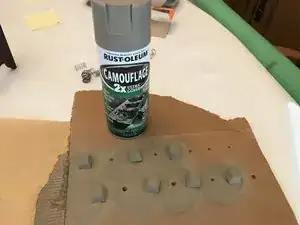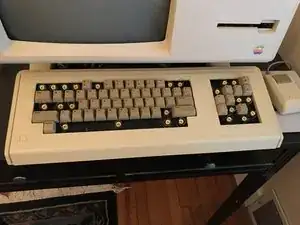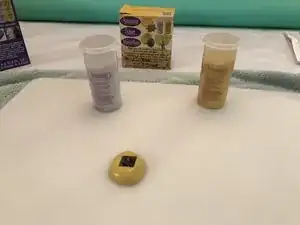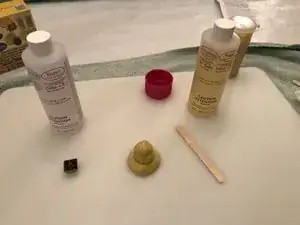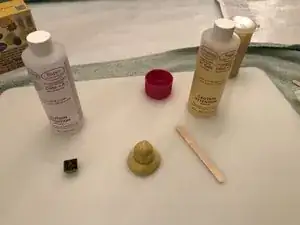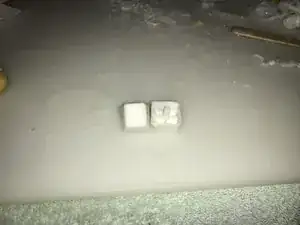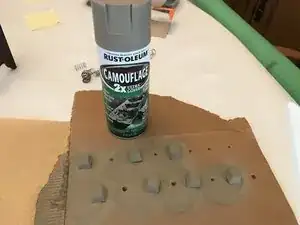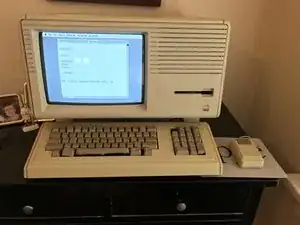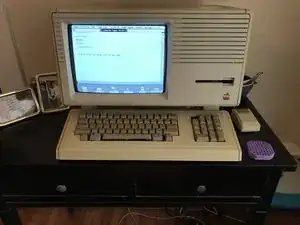Einleitung
Werkzeuge
Ersatzteile
-
-
My keyboard was missing a variety of keys so I needed to select source keys to create the molds. On the 2nd image all the like-keys are color-coded.
-
-
-
Mix enough putty that the source key will fit in. Make sure the edge of the key is flush with the top of the putty to ensure the key is the correct size.
-
-
-
Once the base mold is set, mix a tiny amount of putty to press down into the key. Unseen in this photo: press the putty down right to the pegs of the source key so they are poking holes in the top of the mold.
-
-
-
Put on a pair of disposable rubber gloves or you’ll be peeling off the resin from your fingers for weeks.
-
-
-
Mix a tiny amount of resin as directed on the bottle. Ensure you are measuring accurately. Pour the resin into the base mold until 3/4th filled. Put the top mold on top of the base mold as to cast the connector onto the mold. Unseen in this photo is the correct top mold with the exposed holes on top. Pour liquid resin into the top to fill the holes
-
-
-
After about half an hour remove the key from the mold and set aside to finish setting up. Be careful not to snap the connectors off when removing from mold. Sand off the edges if needed.
-
-
-
Once the key(s) have set up, you can now paint. Be careful not to overpaint which will lead to the key being too thick.
-
-
-
Assemble the keys to ensure they work before writing the key symbols. If you need replacement springs, I suggest the spring kit (listed in the parts section.) it has 8 useable springs per kit for this kind of project.
-
-
-
Once you are happy with the keys, use a fine tip sharpie to write the key symbols. Let the sharpie dry for a day.
-
While crude, they work quite well especially after you spend a huge amount of time online realizing there are no places to buy replacement keycaps.
Ein Kommentar
No, the results are unfortunately not convincing (sorry to say that). Maybe it is better using a 3D printer for this ...?
